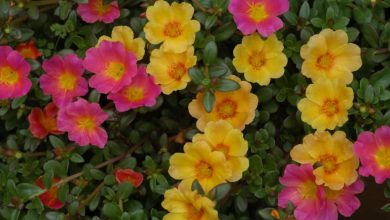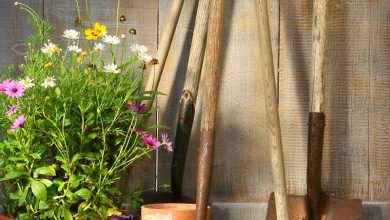Jericho Flower: [Cultivation, Care, Pests and Diseases]
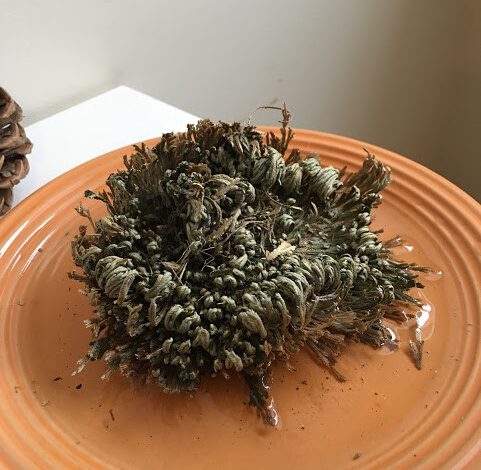
Important points when sowing Jericho flower
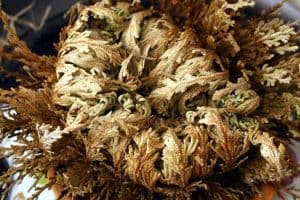 When? Spring is the best for planting and reproduction.
When? Spring is the best for planting and reproduction.- Where? It supports any environment, but it should not be exposed to sudden changes in temperature. In the garden and in a pot, it grows but you have to give it plenty of sun.
- How do we prepare the land? Supports those of sandy, clayey, acid and even low pH types.
- How do we sow? For healthy suckers, from the mother plant, planted in the garden and pot.
- How do we pay? Once a month, especially during the growth period.
- Ideal temperature? It lives in hot climates, it supports heat but not sudden temperature changes or icy winds.
- How do we water? Moderate watering because it needs constant moisture, but avoiding waterlogging. Three times a week is recommended.
- Diseases and pests? It is very strong and its bad taste acts as a natural repellent, but it can be attacked by aphids, red spiders and whiteflies.
What is the flower of Jericho?
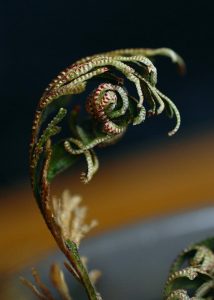 The Anastatica hierochuntica, better known as the Rose or Flower of Jericho, is a very unique plant native to the deserts of Arabia and the areas bathed by the Red Sea.
The Anastatica hierochuntica, better known as the Rose or Flower of Jericho, is a very unique plant native to the deserts of Arabia and the areas bathed by the Red Sea.
It abounds in northern Afghanistan, so it is used to warm climates. But it has managed to adapt to living in any place that provides good sun and water to grow in the form of a pine tree. It is the only plant capable of resuscitation.
Yes. It revives after it dries completely. When it has to face adverse weather conditions, it begins to dry out completely until its root comes out of the ground, then its dead parts bend into the shape of a ball.
It can roll several kilometers, dragged by the desert winds of Arabia, until it reaches a place with humidity. To resuscitate it, all you have to do is fill a bowl with water and introduce it, and 24 hours later it will begin to hydrate.
Without water, it takes on an ugly, totally dry, dusty brown appearance, with its rosette-shaped stems coiled inward. When it resurrects it turns again into a kind of very pretty fern that blooms.
This curious property of reviving has made it a kind of good luck charm with supernatural powers for those who ask for good fortune, much economic progress and a happy and loving family.
Where should we plant it?
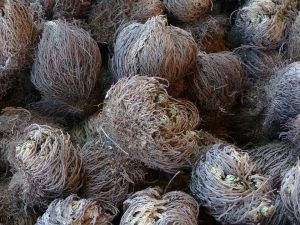 It supports almost any place to live because it is quite resistant, but during the first months of growth it is necessary to take care of it from sudden environmental changes and strong climate oscillations.
It supports almost any place to live because it is quite resistant, but during the first months of growth it is necessary to take care of it from sudden environmental changes and strong climate oscillations.
That is why you have to choose a place protected from the winds and excessive rain, but without forgetting that as it comes from tropical climates, it will increasingly ask for sunlight, up to 8 hours a day.
Try to locate it in a place where it is not so close to other plant species.
When should the Jericho flower be cultivated?
Spring is the best season to decide its planting and reproduction. Although at any time of the year we can plant it in a garden or pot.
In spring, the temperature and humidity conditions will be the most recommended for its propagation. What is recommended at this time is to previously analyze the conditions of the mother plant, which must be in good health.
How do we prepare the land?
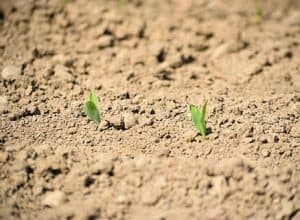 It adapts to any substrate and can grow in clay, sandy, acidic soils and even tolerates soils with a low pH content.
It adapts to any substrate and can grow in clay, sandy, acidic soils and even tolerates soils with a low pH content.
But the ideal is to lavish it with a substrate that provides it with greater vigor, after executing a good plowing of the land.
So it is best to plant it in nutrient-rich substrates, with natural fertilizer, such as vegetable food scraps, because a good compost will always please it, although it is an all-terrain plant, it adapts to any natural condition.
How to plant a Jericho flower step by step?
One of the best methods to plant the Rose of Jericho is through suckers from a mother plant that is in optimal conditions, without pests or damaged roots. Let’s see, step by step, how to do it.
Multiply by suckers
Depending on the size, it can be divided into two or more clumps.
- Each of the little plants is separated with great care, without mistreating the roots, which must keep their soil attached (not shake).
- Each pot must be prepared in advance, taking care that the central hole guarantees good protection for the roots.
- Immediately after, we must plant them in the new pots and offer them a good constant environmental temperature for the next 30 days, especially so that the roots cling to the soil and grow very strongly.
- In a pot, when the plant has fully developed, give it direct sunlight for about 6 hours a day.
suckers in garden
A very healthy sucker can also be planted directly in the garden. Let’s see how to do it without many complications and in several steps.
- With the help of your gardening implements, open a furrow in the fertilized soil about 10 cm deep and if you want to plant more than one plant, then the separation between each one will be about 30 cm, so that the roots develop. in a good space.
- Place the plant in the respective hole, taking care that the roots are very well covered with soil so that they take firmness and can develop.
- Pour the substrate on top and water a little so that the soil is well moistened.
Another way to plant it occurs after it is resurrected in water. Let’s see how it’s done in a few steps.
- When coming out of the lethargy in which it was and recovering the greenness of its stems, we can carry out its transplant to a pot, placing pumice stone at the bottom of a container that is not very deep to guarantee good drainage.
- Then we put a good substrate, consisting of a mixture of homemade organic matter such as compost and peat and finally, we put the resurrected plant on top, about 5 cm deep.
- In a short time, the root will stick to the substrate and we will have a beautiful and famous fern.
What care does the Jericho flower need?
It is a plant that does not require much attention, because it is used to surviving in difficult natural conditions, but the following recommendations will help it to live for many years in our garden or in a special place in the house.
Lightning
It needs at least 8 hours of sun daily to remain healthy, so if we have it indoors, it is convenient to find a well-lit space, because otherwise its vegetative growth will be severely affected.
Temperature
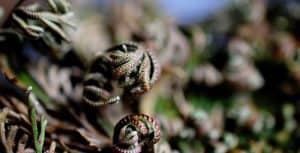 The most outstanding thing about the climate is that it does not resist frost, sudden drops in temperature. At about 16ºC it keeps very well, but icy climates do not go well for it, because it is used to withstanding high temperatures.
The most outstanding thing about the climate is that it does not resist frost, sudden drops in temperature. At about 16ºC it keeps very well, but icy climates do not go well for it, because it is used to withstanding high temperatures.
If it curls up and dries up at some time of year, don’t panic. Your natural metabolism is trying to conserve energy.
Irrigation
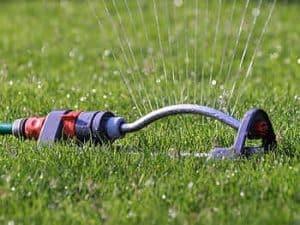 Although it is prepared to withstand an inclement sun because it comes precisely from the burning deserts of Arabia, in order for it to always remain green, irrigation must guarantee adequate humidity.
Although it is prepared to withstand an inclement sun because it comes precisely from the burning deserts of Arabia, in order for it to always remain green, irrigation must guarantee adequate humidity.
It is a poikilohydric plant. This means that it is not capable of regulating its internal water by itself and in the absence of humidity, a dormant state of life is produced for days, even years.
The trehalose that it produces in its own defense acts to protect the cells and prevent salts from damaging them. Three times a week will be fine. Of course, the next irrigation should come as long as the substrate is dry, given its desert heritage.
Pass
It does not need regular fertilizers, but once a year it will be good to pay it in spring to stimulate its growth even more.
Pruning
In order to achieve a more solid growth, apply a good pruning once a month. In short, it is not very difficult to care for this plant. The best tips in this regard for better care at home are the following:
- Avoid exposing it in places where the wind blows strongly.
- Do not allow it to receive extreme climates or very strong temperatures that disturb its development. Its ideal room temperature is around 16°C.
- It cannot be exposed abusively to the sun’s rays, because it can dry out early.
- If you want it always green, then you have to provide it with the humidity it needs.
What pests and diseases attack the Jericho flower?
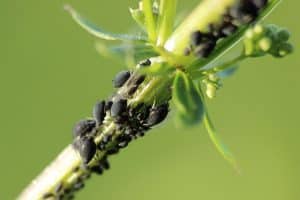 The Rose of Jericho is a plant that generally does not suffer severe attacks from pests. And this is because its flavor is unattractive to insects, so it itself becomes an effective repellent.
The Rose of Jericho is a plant that generally does not suffer severe attacks from pests. And this is because its flavor is unattractive to insects, so it itself becomes an effective repellent.
However, aphids, red spiders and whiteflies are its main enemies. If their presence is detected, it will be necessary to act quickly to prevent them from reproducing.
A good pesticide would be enough to eradicate them, but it is always good to consult an expert to apply the most suitable product.
Bibliography and references
- Mohammed, Amal A.; Khalil, Ashraf A.; El-Beltagi, Hossam ES (2010). Antioxidant and antimicrobial properties of rose of Jericho (Anastatica hierochuntica) and duma (Hyphaene thebaica). Fats and Oils Magazine. Higher Council for Scientific Research (CSIC). Madrid Spain. Reproduced from: http://grasasyaceites.revistas.csic.es/index.php/grasasyaceites/article/download/623/634
- Ponciano-Samayoa, Karla Melina; Hidalgo-Villatoro, Sergio Gonzalo. (2012). Genetic diversity of Jamaica rose in Guatemala revealed by AFLP markers. Institute of Agricultural Science and Technology (ICTA). Villa Nueva, Guatemala. Reproduced from: https://www.scielo.sa.cr/pdf/am/v23n1/a08v23n1.pdf
- Aguirre Perez, William Antonio; Seville Ortiz, David Jose. (2016). Pre-feasibility study for the production and marketing of Flor de Jamaica refreshing beverages in the municipality of Managua, starting in the first half of 2016. National University of Engineering. Managua Nicaragua. Reproduced from: http://ribuni.uni.edu.ni/2170/1/90412.pdf
- Escorcia Ríos, Meyling del Socorro; Escoto Baquedano, Hazell Junieth; Espinoza Reyes, Kenya Gabriela. (2015). Economic contribution of Flor de Jamaica wine production in Chinantlan of the Municipality of Chinandega in the period 2005-2006. National Autonomous University of Nicaragua. Leon, Nicaragua. Reproduced from: http://riul.unanleon.edu.ni:8080/jspui/retrieve/4691

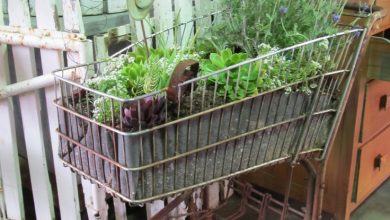
![Photo of Prune a Plum: [Importance, Season, Tools, Considerations and Steps]](https://www.complete-gardening.com/wp-content/uploads/2022/08/prune-a-plum-importance-season-tools-considerations-and-steps-390x220.jpg)
